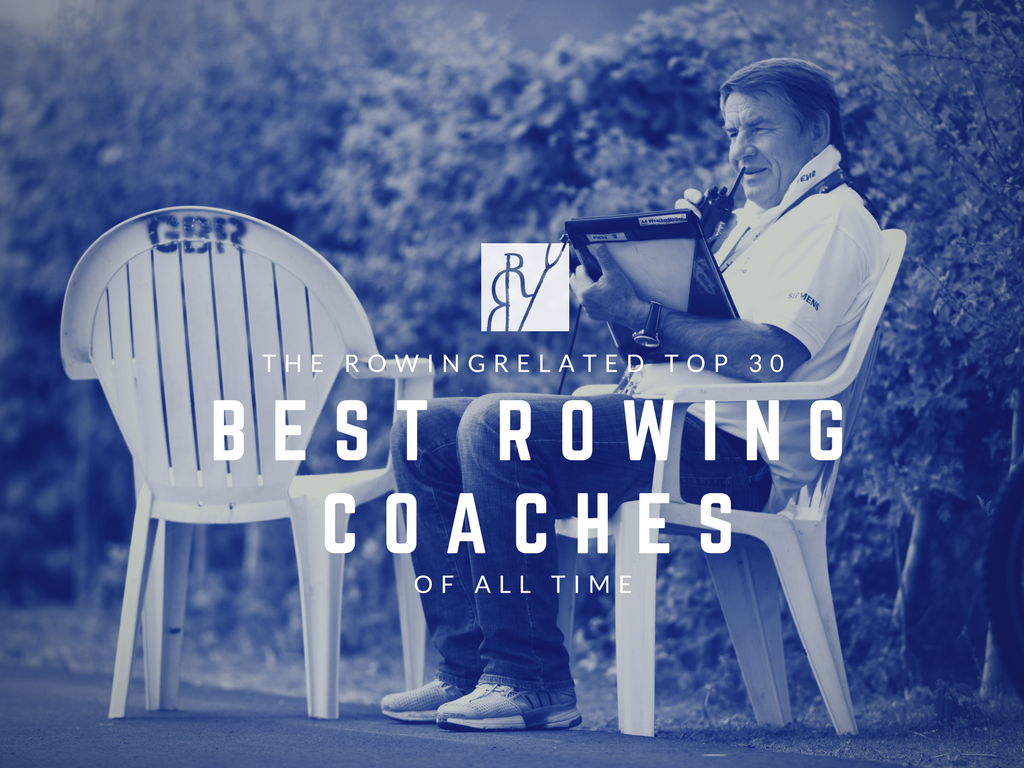Video(s) Of The Week: The Oxford and Cambridge Boat Races, 2015
While in recent memory there has been more than enough controversy surrounding the event, from protestors swimming onto the course, to clashes and lost blades, the 2015 Oxford and Cambridge Boat Races were historic for all the right reasons. The outcomes on the water showed just how much stronger the Oxford programs are than their Light Blue counterparts in the heavyweight events, but the day was a victory for everyone in sport, with the women's race run along the same course, and on the same day, as the men's. After all, it just makes sense.
From the RR International Research Department:
In a moment of history, Oxford's women's crew powered away from the stakeboat at Putney Bridge to seize an immediate advantage that they never relinquished. Under-stroking Cambridge through the body of the race, and with Caryn Davies seting up the same killer rhythm she did for the U.S. women's eight in Beijing and London, they continued to extend their lead over the full length of the Championship Course to record a resounding victory.
The structure of the men's race had a certain sense of déjà vu as it played out in a way that has come to be somewhat of a recurrence in recent years: Jumping out out to an early lead in the first minute, Oxford were gradually clawed back by Cambridge nearing the mile post. With both coxes responding immediately to the umpire's warnings there was little danger of a repeat of the clash and had such a profound effect on last year's contest, however as the crews swept under Hammersmith Bridge and towards Chiswick Steps, a burst of 20 brutally effective strokes from Constantine Louloudis's men broke the elastic between the crews and Oxford leapt further ahead to seize a decisive lead as Cambridge struggled to deal with the challenging headwind conditions.
Reflecting on a day that also saw their reserve crew Goldie defeated by Isis, the questions will have already started to be asked in the Cambridge camp.
For our eyes, there is a similar set of factors at play on both the men's and women's sides.
Experience
For programmes that start with a different set of athletes every September, the previous experience and physiology of their respective squads is undoubtedly one of the largest factors behind potential success come April. In this respect, there has been a clear preference for athletes with international pedigree to choose Dark over Light Blue. Delivering athletes of a more developed physiology who are better experienced in the highly competitive and pressurised environment of international competition will have a hugely positive affect on a squad throughout the entire year—not just race day—setting a high-standard for others to aspire to and becoming role models for what are commonly a younger group. It was no coincidence to see Oxford's two most decorated and physiologically gifted performers sitting in the respective stroke seats of their crews, as both Sean Bowden and Christine Wilson looked to benefit from both the experience and talents of Caryn Davies and Stan Louloudis. Improving recruitment is therefore the first place that Cambridge can look to make inroads; but as was seen in the controversial case of Thorsten Engelmann, this cannot be at the expense of the academic reputation of an institution such as Cambridge University.
Focus
Despite commonly having the physiological advantage, Sean Bowden has never looked to over-complicate the rowing stroke, prioritising the further physiological development of his crews. In wind-over-tide conditions that served to create an unstable platform for all crews, Cambridge's style of rowing could be another element that is questioned. Relying on an extremely accurate front-end, they look to generate a winning rhythm through a tightly coordinated leg and hip drive and a comfortable, clean extraction at the finish that enables a high, yet relaxed rate to be maintained. Whilst this approach has been the mainstay of many Cambridge and international crews in recent years, it could be considered a risky approach given the conditions that commonly greet the crews in April and the lack of time the coaching team have to implement this every season given the regularly changing nature of the squad. With the wind and moving water beneath the crews a constant nuisance, the accurate connection the Cambridge style relies on can be perceived as harder to master. Oxford, under rating the opposition in both races, appear to spend more time in the water with an added emphasis on the finish of each stroke to set up the improved platform on which their superior physiology can prosper.
Whilst the subject of rowing style is largely subjective, the attraction of Cambridge University Boat Club needs to improve to ensure that the likes of world-class performers such as George Bridgewater and Malcolm Howard who chose Dark Blue in recent years, see the Cambridge programme as an equivalent draw. An improved intake of up-and-coming new talent in Olympic year this Autumn—when Oxford will not be able to recruit stars preparing for Rio—will offer a real opportunity to break the cycle of dominance that is threatening to emerge.
---
Indeed, Oxford now trail in the overall series by just two on the men's side, with 79 wins to Cambridge's 81. For complete results, lineups, and recaps from the weekend's racing, please visit the official website of the Oxford and Cambridge Boat Races.
Have a submission for 'Video Of The Week?' Shoot us an email, send us your suggestions via Twitter, or get in touch via our Facebook or Google+ pages.
-RR


